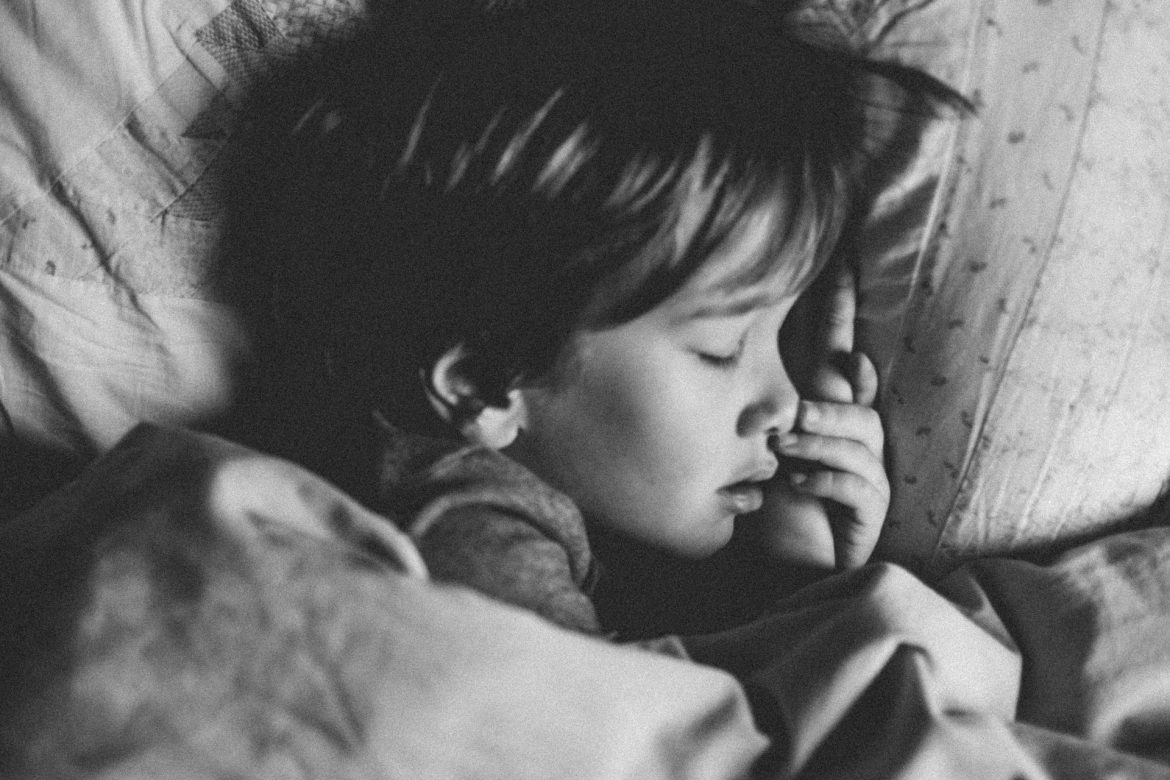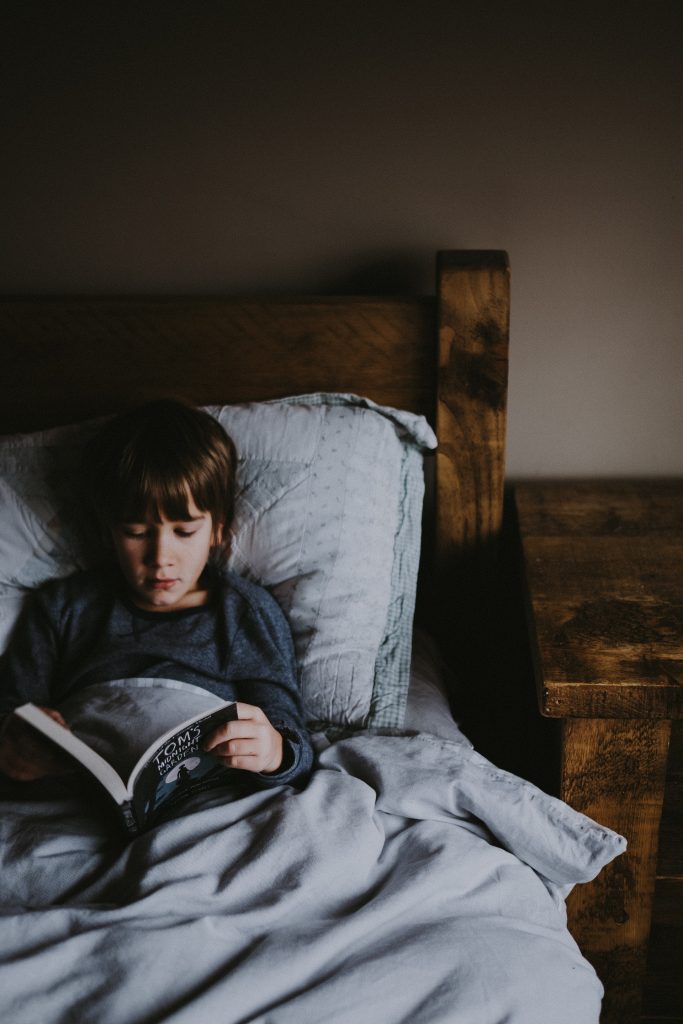
Parents know how much sleep affects their children’s mood and ability to focus. Therefore, a sleep schedule is essential for children to tackle the day-to-day.
How can parents get back on track with school sleep schedules after summer or holiday breaks? The answer is to cultivate excellent sleep habits all year.
Why is sleep schedule important?
A consistent sleep schedule is essential to good sleep habits and overall health. A bedtime routine can make you and your children fall asleep easier and improve sleep quality.
Research says that children and adolescents whose parents enforce a bedtime routine are more likely to get enough sleep. In addition, because these students’ bedtimes are earlier than those of their peers without parental discipline, they most likely have earlier bedtimes. Students with bedtimes set by parents also experience less tiredness throughout the day and difficulty staying awake during the day.
What is a good bedtime routine?
To ensure your child has a good night’s sleep setting a bedtime routine, including relaxing activities, is essential. Ending the day at bedtime encourages children to sleep well and get ready for school the next morning.
For example, your bedtime routine can include taking a warm bath or taking a shower, reading, journaling, cuddling with a parent, or singing lullabies.

How to establish a routine after a break?
What can parents do to help their children get back on a school sleep schedule for back to school?
Make small adjustments while gradually changing a sleep routine. For example, have your child wake up 15 minutes earlier and go to bed 15 minutes earlier than they were during their holiday in the weeks leading up to returning to school.
Continue to adjust their bedtime and wake-up times. Change the time of waking up and going to sleep by 15 minutes every few days until your kid is sleeping and waking at the desired school times. Children should adjust to the new sleep schedule by the first day back to school, and they should be prepared to go.
Remember that adapting to a new sleep schedule might be difficult for some children. If your child does have a problem falling asleep after 20 minutes, have them come out of their bedroom and do something else like a sleep-inducing activity devoid of blue light. Once they are sleepy, assist them back to bed.
Patience will be rewarded. Older children and adolescents may learn a lot from conversations about the significance of sleep and positive sleeping habits.
Back to school sleep tips
Exercise regularly. Regular exercise improves sleep and reduces stress. However, remember that inactivity throughout childhood raises the risk of obesity in adulthood. However, children shouldn’t exercise too close to bedtime because this might prevent them from falling asleep.
Avoid too many extracurricular activities. While having a schedule full of activities is fun, free time and rest time are equally significant in children’s development. In addition, adolescents who spend less time on extracurriculars get more sleep.
Limit napping. According to studies, adolescents who take naps are less likely to get a sufficient amount of sleep and have worse nighttime sleep. Adolescent napping is linked to reduced and poorer night sleep. If your child naps function well throughout the day, keep the naps shouldn’t be longer than 30 minutes.
Avoid caffeine. It’s often found in soft drinks, coffee, tea, and energy drinks. Caffeine may keep your child awake even after he or she goes to bed. The CDC advises against giving children or teenagers caffeine, and its use should be limited.
Remove all sources of light. For example, dark or opaque curtains may block out outside illumination.
Make the room is chilly. Our body temperature drops when we are asleep. Your child will be more tired if the space is too hot.
Eliminate distractions and keep the area quiet. Some kids may want a white noise machine or a fan to help them fall asleep while avoiding distractions. Avoid noisy activities (such as vacuuming) in the evening when your children attempt to sleep.
Allow your child to sleep only in the bed. Encourage your youngster to do homework and reading in a different place than their bed.
Avoid blue light. Blue light in the evening before bedtime is harmful to children’s sleep. It’s thought that blue light inhibits melatonin, the hormone that signals the body its time to sleep. Screening has already taken place at your local library.

Conclusion
School sleep tips can be difficult to follow, but with a little patience and effort, your child can be on a school-approved sleep schedule. To help make the transition easier, establish a routine after the break and gradually change the time of waking up and falling asleep by 15 minutes every few days until your kid is sleeping and waking at the desired school times.
Keep in mind that some children might find adjusting to a new sleep schedule difficult. If they don’t fall asleep after 20 minutes, have them come out of their room and do a quiet, sleep-inducing activity such as reading or reading singing lullabies. Once they are sleepy, help them back to bed.
